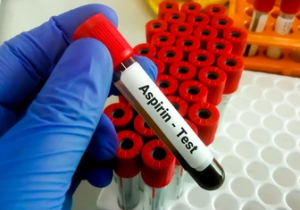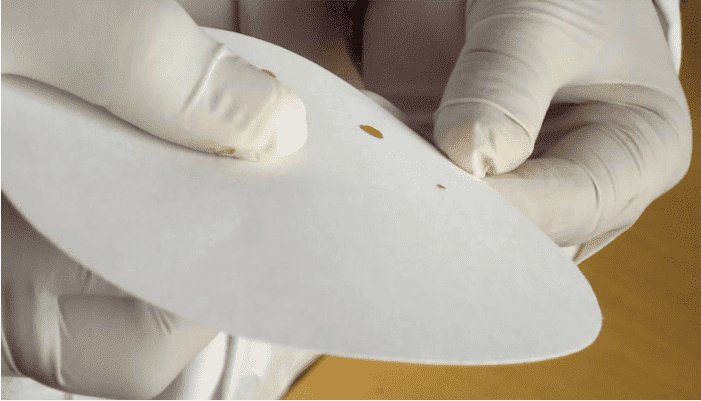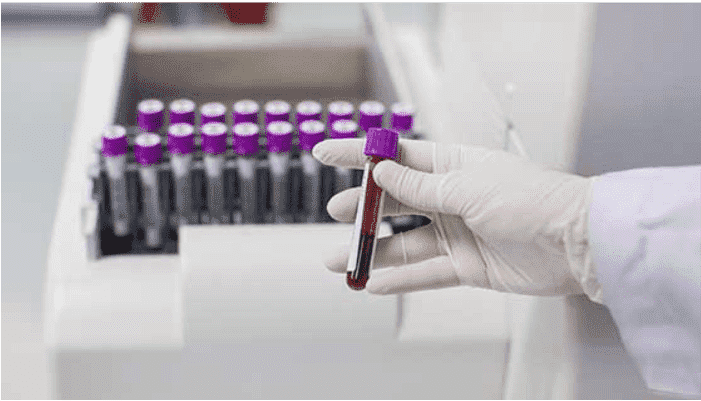Aspirin Tolerance Test (ASA Tolerance Test)

Synonyms:
ASA Tolerance Test, Bleeding Time, Aspirin Tolerance Test, Tolerance Test for Aspirin
What Is the Aspirin Tolerance Test?
The Aspirin Tolerance Test is used to assess platelet function and bleeding time before and after aspirin ingestion. It helps identify aspirin hyper-responders and detect platelet or vascular disorders such as von Willebrand’s disease.
Test Overview
-
- Purpose: Evaluate the impact of aspirin on bleeding time
- Method: Bleeding time is measured before and after administering aspirin
- Used For: Assessing platelet function and diagnosing bleeding disorders
Patient Preparation
To ensure accurate results:
-
- Avoid aspirin and aspirin-containing products for 10 days before testing.
- Adults receive 600 mg (10 grains) of aspirin after the first bleeding time measurement.
- Children under 70 lbs should receive 300 mg (5 grains).
Specimen Collection
-
- Type: In vivo bleeding time test
- Performed by: Medical technologist
- Location: Bedside procedure
- Method: Mielke or template bleeding time method
Reasons to Reject the Sample
-
- Recent aspirin use
- Known abnormal bleeding time due to vascular abnormalities
Reference Range & Interpretation
-
- Normal bleeding time increase after aspirin: 2–3 minutes
- Hyper-responders: Bleeding time > 5.9 minutes above baseline
- Extended bleeding time may indicate platelet function defects
Clinical Uses
-
- Diagnose aspirin hypersensitivity
- Assess effectiveness of aspirin in inhibiting platelet function
- Screen for von Willebrand’s disease
- Guide patient-specific antiplatelet therapy
Limitations
-
- Prior aspirin ingestion invalidates results
- Inconsistent results in patients with existing bleeding disorders
Contraindications
-
- Prolonged bleeding time before aspirin ingestion
- Known platelet or vascular disorders (test may not be conclusive)
Methodology Summary
-
- Perform baseline bleeding time (preferably Mielke template method)
- Administer aspirin (600 mg for adults)
- Repeat bleeding time test after 2 hours, using the opposite arm
Advanced Testing Devices
An in vitro bleeding time test uses a conical tube with a “subendothelial membrane” coated with collagen, von Willebrand factor, and fibronectin.
-
- Normal bleeding: < 1 minute
- Post-aspirin bleeding: > 7 minutes in hyper-responders
- Run-to-run precision: CV = 17%
Key References
-
- Jacobs, Demott, Finley, Horvat, Kasten.JR, & Tilzer. Laboratory Test Handbook, Lexi-Comp Inc, 1994
- Mielke CH Jr. “Aspirin Prolongation of the Template Bleeding Time: Blood, 1982, 60:1134-42.”


